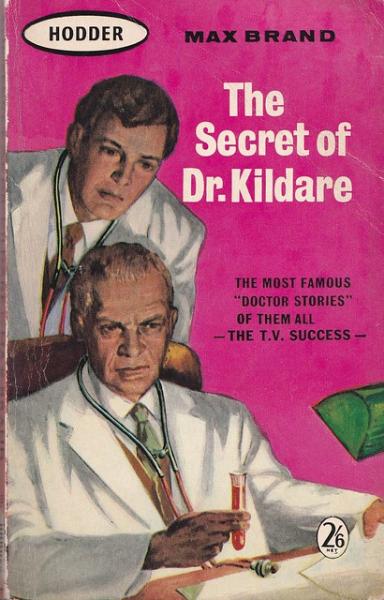A new study channels Frederick Taylor, father of the “scientific management” of the workforce, bringing a stopwatch into the hospital to report on how physicians, in this case, first-year internal medicine residents, spend their day. Spoiler alert – they do not spend it at the bedside.
The authors did a secondary analysis of a time-motion study of these residents aimed at looking at the impact on “training” for different duty hours, which in turn grew out of the Libby Zion case and a heightened recognition of the role of sleep deprivation and mental exhaustion in medical errors. Eighty interns were followed by observers who recorded the diverse activities of these “primary, patient-facing physicians for patients receiving care from resident teams in teaching hospitals.” That alone is a frightening statement that the least experience in our ranks spends the most time directly with the patients.
Because some activities could be categorized into more than one bin, for example discussing a patient’s history at the bedside could be grouped as both education and patient communication, the percentages exceed 100% as do the hours in a 24-hour day. But the hours will give you a sense of what they are doing.
- Three hours are spent face to face with patients – direct patient care. The overwhelming majority of that time is spent in communication, with the patient or their family.
- Five hours are spent rounding, a practice where the residency team goes from bedside to bedside, or screen to screen, discussing the patient's history, current status, reviewing results and making plans – the discussion and planning. An additional 50 minutes is spent in transferring information to the next shift, termed handoffs, to make the care as seamless as possible.
- 1.8 hours is spent on education, the majority explicitly at conferences/lectures, the rest reading or being taught. Included within education is an old philosophy, “See one, do one, teach one,” so that some of that educational time is spent in teaching others, medical students. The amount of time interns spend on education is the same as they spend eating or using the bathroom.
- 15.9 hours is spent on indirect care, the work you need to do based on your plans. It is no surprise that the overwhelming amount of this time is spent in front of a computer screen, 10.3 hours. Luckily, multitasking in front of a screen also allows for communicating with other team members, consultants, and ancillary staff, e.g., physical therapy, pharmacy, or discharge planning.
For the interns, and really for many fully trained and employed physicians, seeing patients is just the tip of the working iceberg. We may have come to medicine to spend time caring for patients, but that caring requires us to spend most of our time interacting with a screen, interspersed with fleeting human contact with our team or colleagues. We spend 5 hours supporting every hour of direct patient contact.
Much has changed in the past few decades, earlier, less thorough studies, suggested that face time with patients approach 25% not the roughly 13% it now occupies. And when noting that viewing images, ECG, pathology and other reports only fill 18 minutes, you must wonder whether actually viewing and discussing images with radiologists or perish the thought, looking at slides with a pathologist are still considered of value; or whether their contribution has been reduced to just another “laboratory” value? On the other hand, the interns are no longer transporting patients throughout the hospital. [1]
It would be interesting to see a similar study on primary-care physicians in practice so that we can see how many hours of support we provide for those fleeting moments of contact with our patients. Think of how much more productive we might be when we didn’t have to get pre-authorizations or justify our choices in addition to having to document them. If AI wants to make a real difference, find a way to reduce the time we spend supporting our work. Maybe then, the interns can spend more than 1.8 hours connecting that patient in front of them with their knowledge of medicine.
[1] I say that with mixed feelings, although it was “scut-work” at the time, it did allow me to learn how to navigate the hospital, its personalities, and its services. More than once in my career after training, I was able to move the patient myself and get them to the front of the line for care, so perhaps with the fondness of time, I think that had some value.
Source: Assessment of Inpatient Time Allocation Among First-Year Internal Medicine Residents Using Time-Motion Observations JAMA Internal Medicine DOI: 10.1001/jamainternmed.2019.0095




